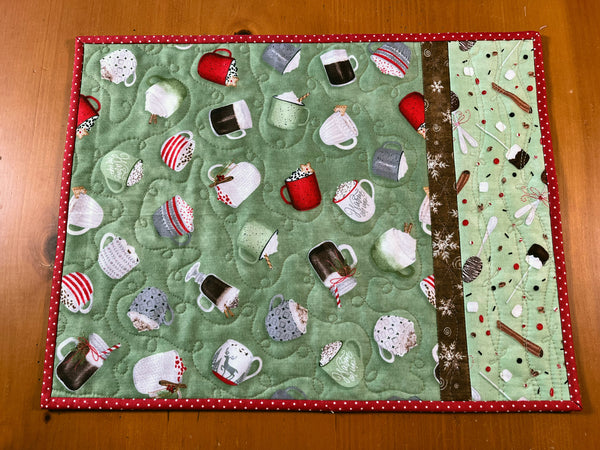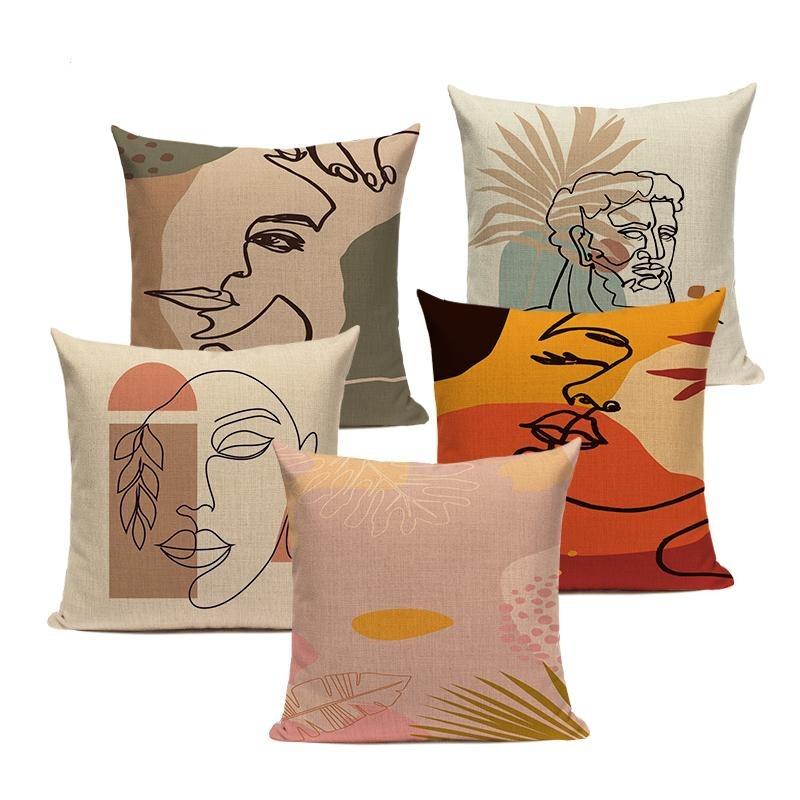Unknown Facts About Unique Art
Unknown Facts About Unique Art
Blog Article
Little Known Questions About Unique Art.
Table of ContentsMore About Unique ArtUnique Art Fundamentals ExplainedUnique Art Fundamentals ExplainedNot known Details About Unique Art
While one could debate which art type holds priority, the truth remains that each of these seven forms gives a distinct window right into human background, society, and advancement. They are the tapestries that chronicle our trip, reminding us of our past while motivating visions for the future.Great artwork informs a tale, makes people look two times, and develops an one-of-a-kind experience that can not be matched. Art and pictures interact every one of that through shade, shape and various other design aspects. Learn exactly how to make your special artwork stand apart from the crowd.

8 TRIA GIOVANEqual components grand and laidback, this entrance hall designed by Anthony Baratta is the perfect plan to follow if you're decorating a formal entry that still really feels unfussy and comfy. Formed textiles take spotlight (see the carpets and the sofa), however they also help bring the high ceilings down to a human range when hung over wallpaper.
Some Known Questions About Unique Art.
18 Heidi Caillier DesignA gallery wall does not need to occupy the entire room. Sometimes a small one can make a larger design declaration. In this living-room, Hiedi Caillier selected micro-mini structures and an arbitrary composition. Advertisement - Continue Reading Below19 Stephen Kent JohnsonDesigner Juan Carretero selected a deep environment-friendly paint shade to contrast with the light wood finishes.
The aspects of this languageits shapes, lines, colours, tones, and texturesare used in various methods to generate feelings of quantity, room, activity, and light on a flat surface. These elements are combined into expressive patterns in order to stand for real or superordinary sensations, to analyze a narrative theme, or to produce completely abstract aesthetic connections.
Later the notion of the "fine musician" created in Asia and Renaissance Europe. Famous painters were managed the social status of scholars and courtiers; they authorized their job, chose its style and frequently its subject and images, and developed a more personalif not constantly amicablerelationship with their customers. Throughout the 19th century painters in Western cultures started to shed their social setting and secure patronage.
Some Known Questions About Unique Art.
Others gained a revenue with visiting events of their job. The demand to attract a marketplace had replaced the similar (if much less impersonal) demands of patronage, and its effect on the art itself was possibly similar also. Typically, artists in the 20th century could get to a target market just through business galleries and public museums, although their work might have been periodically reproduced in art regulars.

Do not duplicate the style of various other musicians if you're searching for your design. Duplicating other individuals's art work can be excellent in academic objectives yet it will certainly not make you closer to finding your very own distinct style. Your creative design needs to be, what you like and what inspires you.
I would assume of your very own style as a design you repaint in naturally, when you allow go of all thoughts useful link and policies and just concentrate on paint, not considering it. Unique Art. The design has to come normally to you when you are relaxed and you can't force it or it won't be your own style, simply another person's
The 10-Second Trick For Unique Art

With time you'll be able to arrange all of them right into your favorite and the very least preferred classifications. Try to concentrate your attention on the subjects and tools that you like and before you see it coming you'll have your own individual and one-of-a-kind design, like no person else have! In the end you'll have a few preferred subjects to repaint and possibly a few preferred mediums.
The style needs to create itself gradually with a great deal of method and experiments - Unique Art. Thank you for reviewing this message and if you have any inquiries leave them in the remarks more below, I would certainly be happy to address these
Report this page